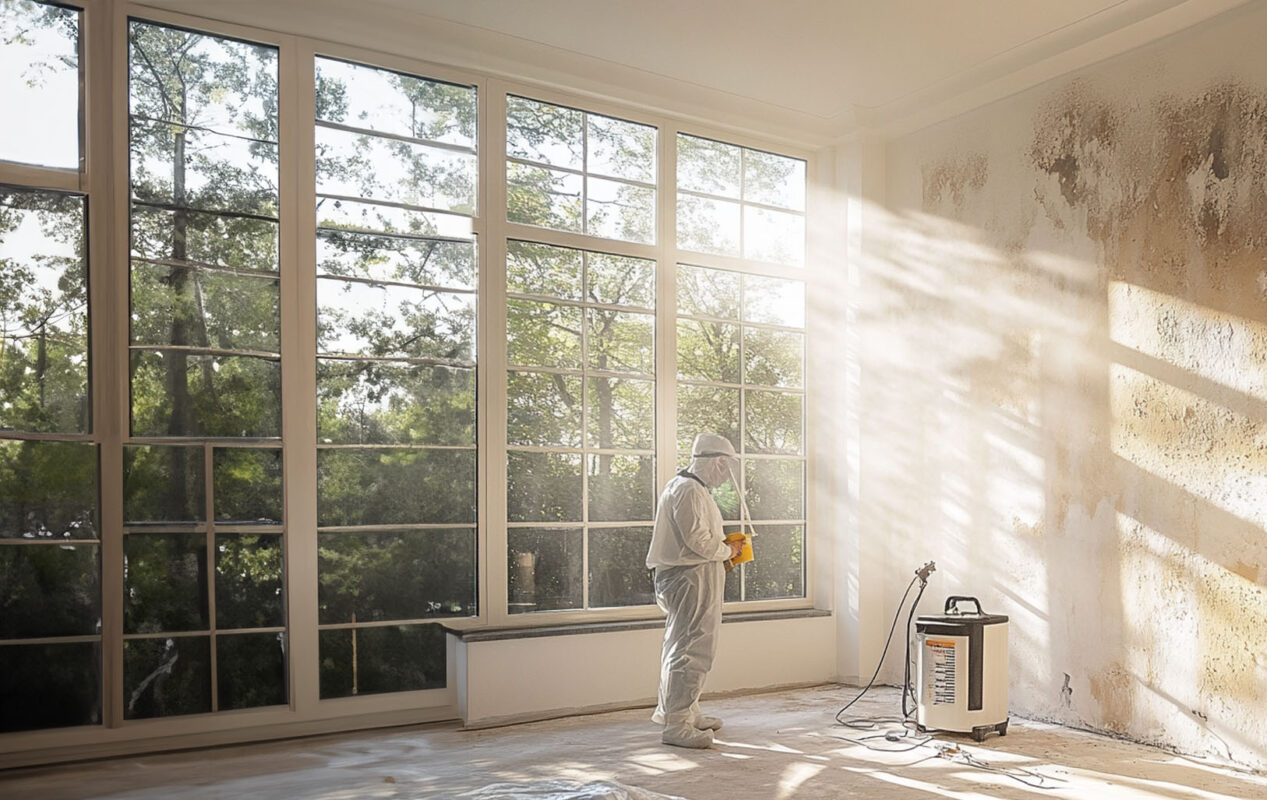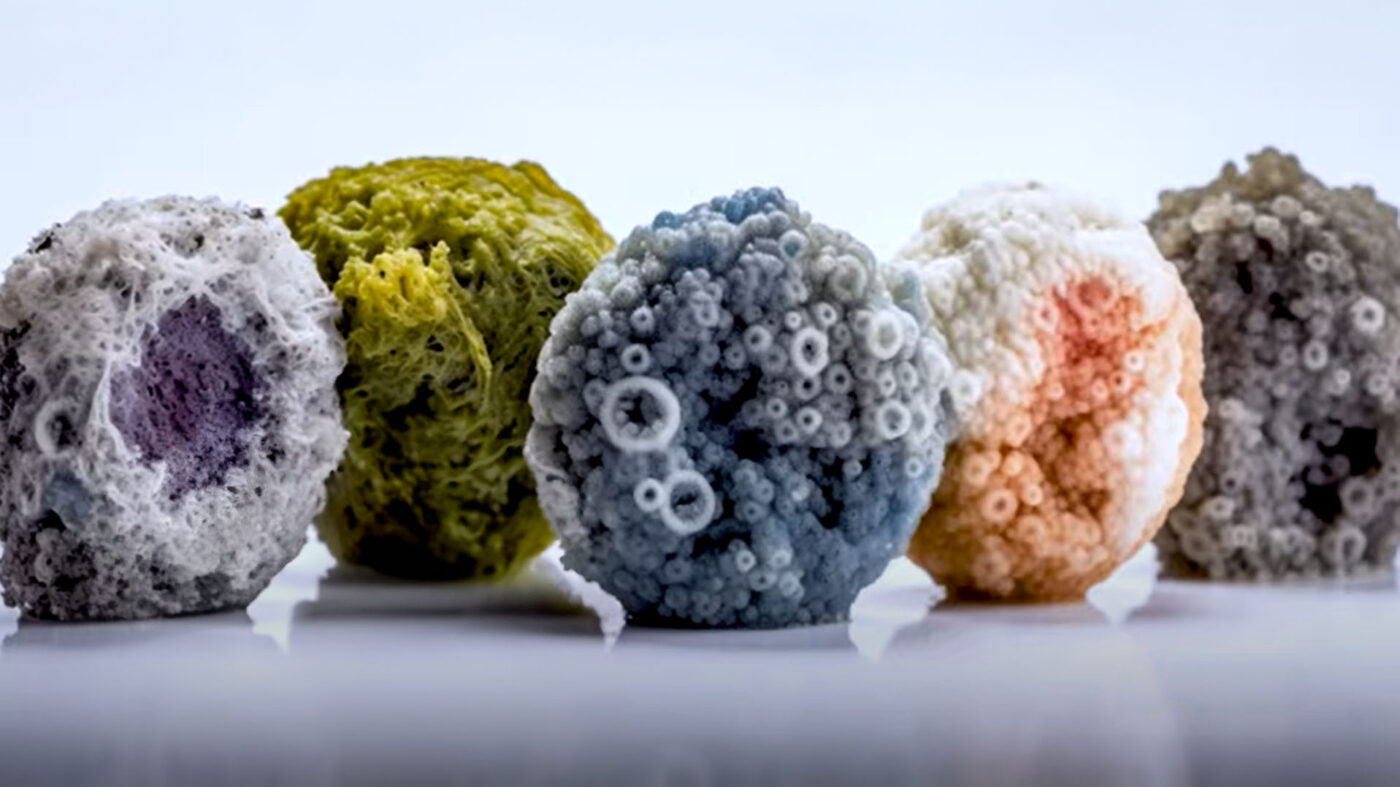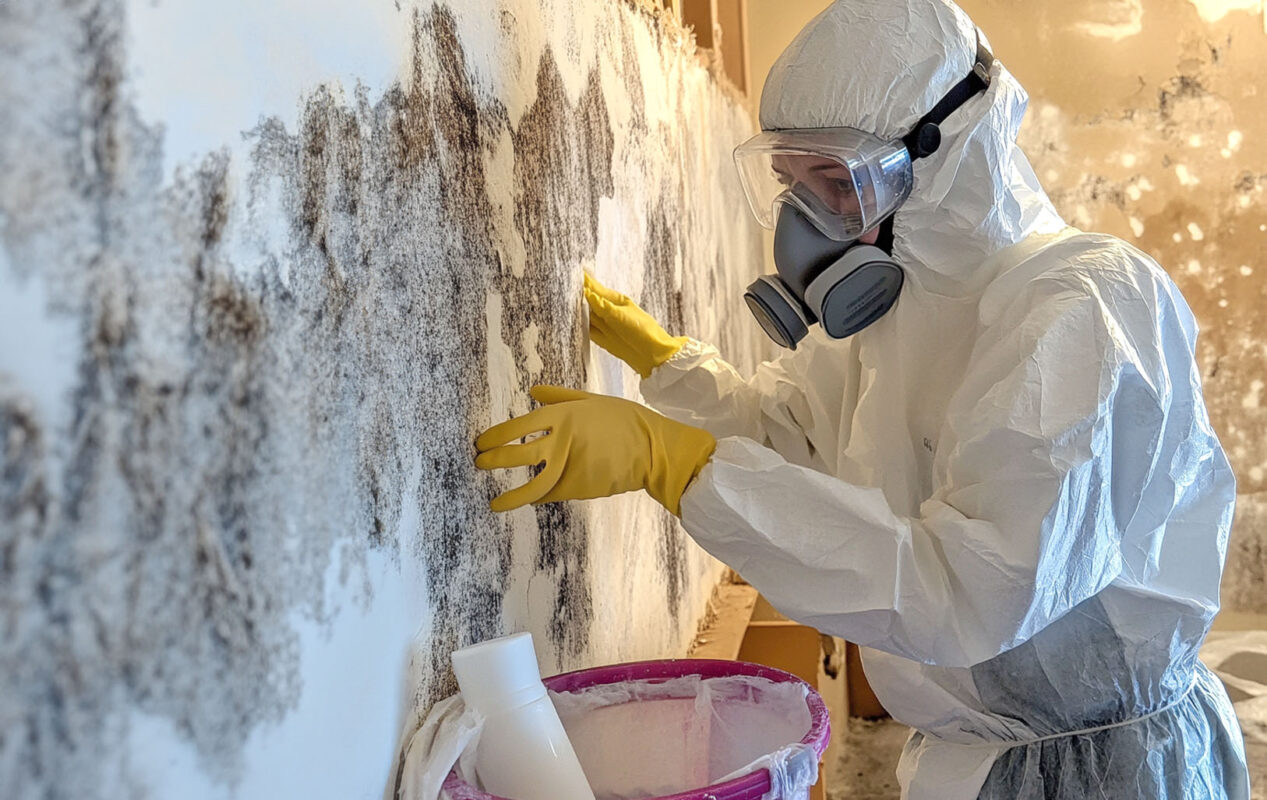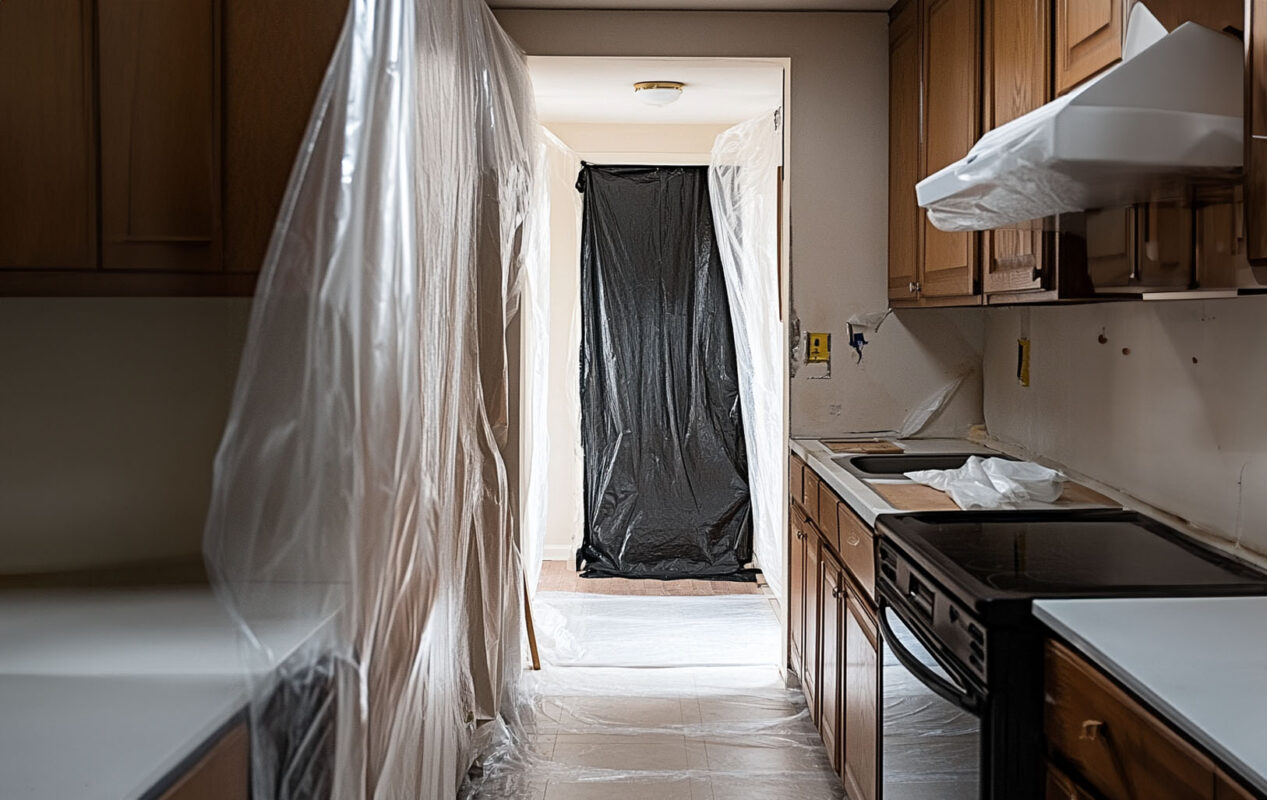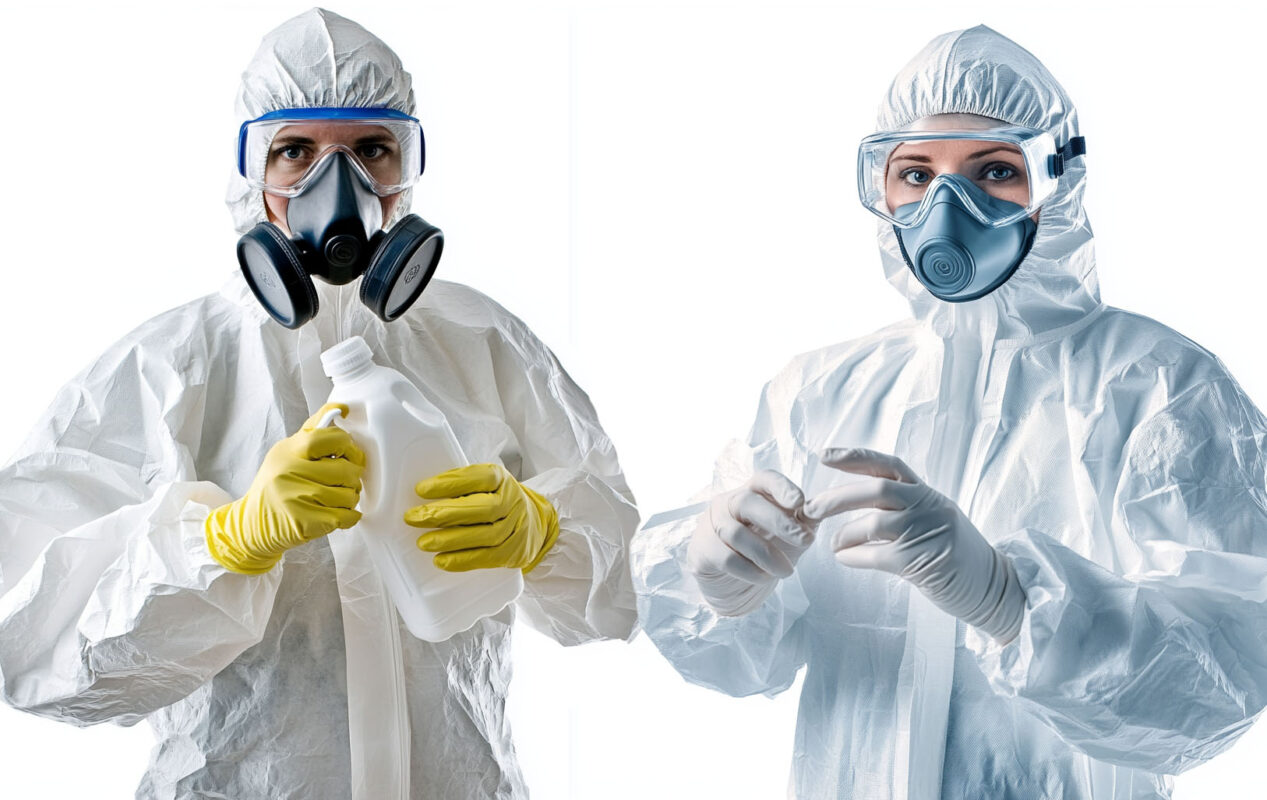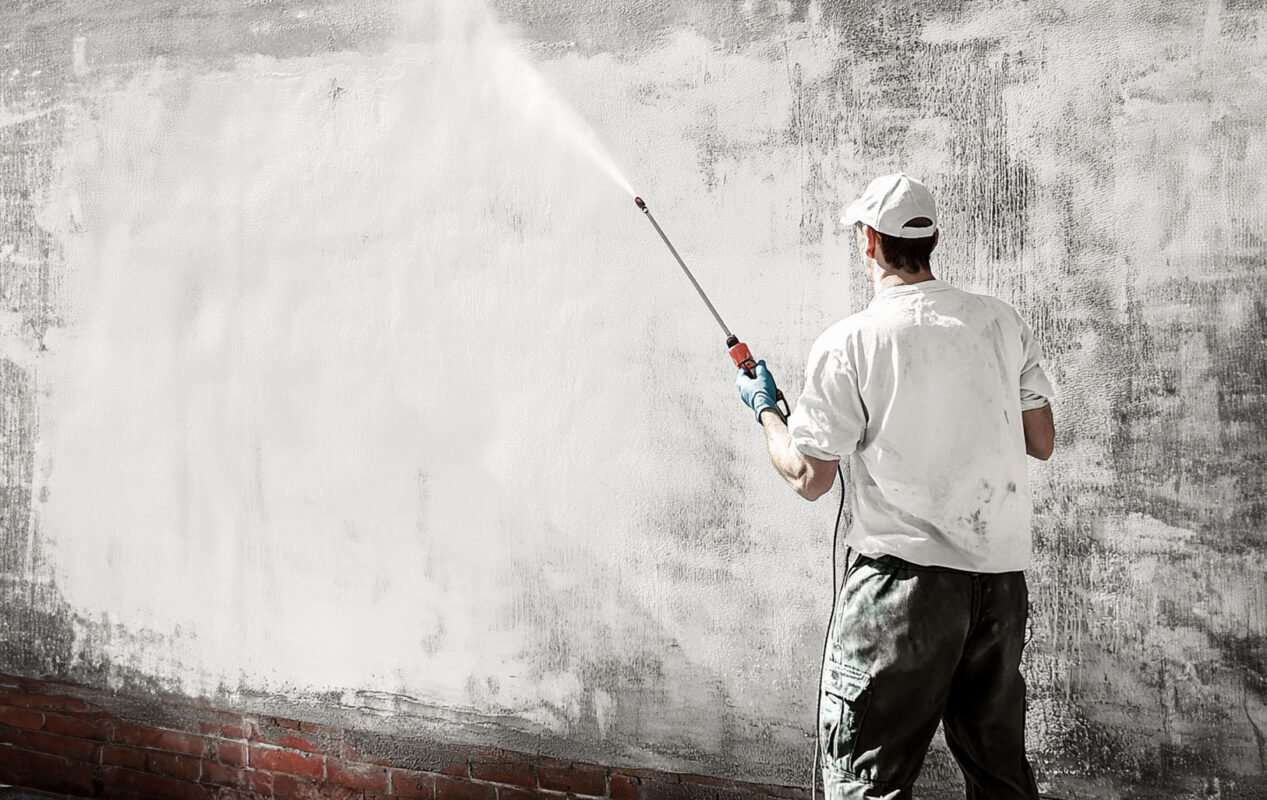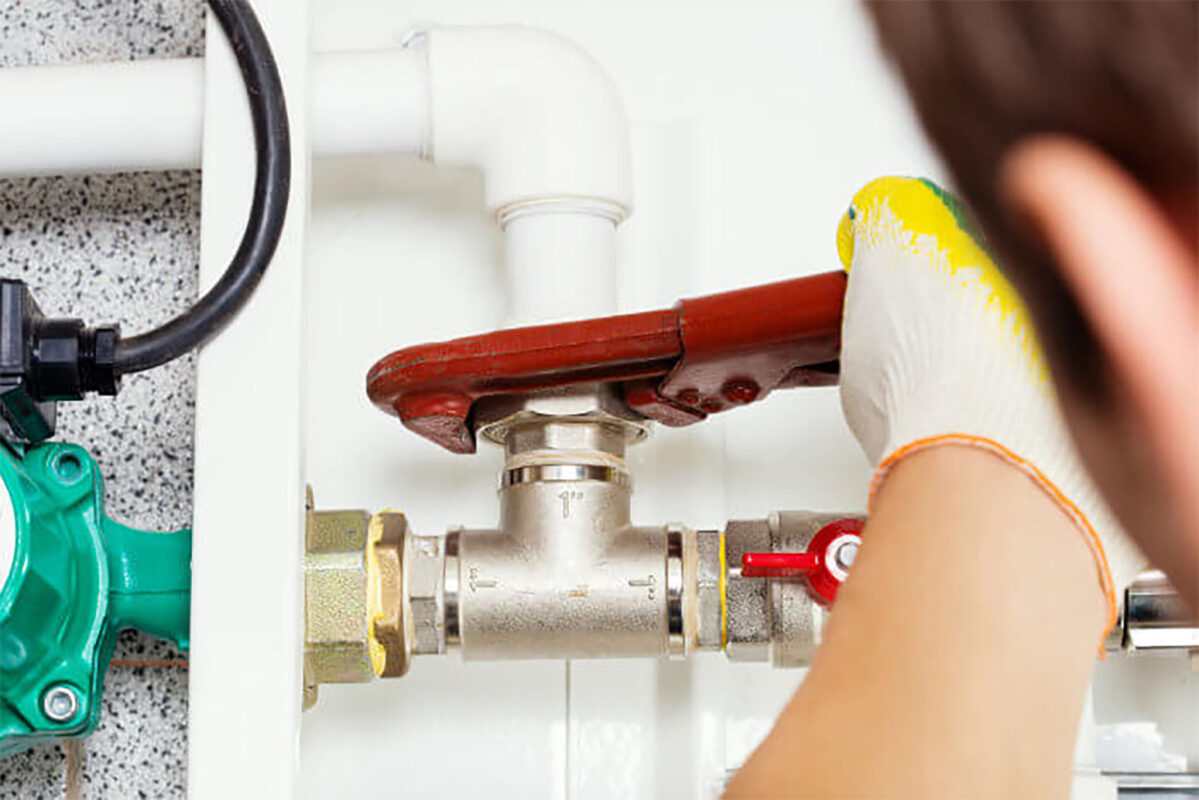How to Get Rid of Mold: A 5-Step Mold Remediation Plan
Protect Your Home and Health with This Essential Guide to Mold Remediation
How to Get Rid of Mold: A 5-Step Mold Remediation Plan
How to Get Rid of Mold: A 5-Step Mold Remediation Plan
Mold can be a stubborn and potentially harmful problem in homes. It not only causes damage to surfaces but can also affect air quality and lead to health issues. Tackling mold the right way is crucial to ensure it doesn’t come back. If you're dealing with mold in your home, here’s a five-step plan to get rid of it effectively and safely.
50-60%
Indoor Mold Exposure: According to the Environmental Protection Agency (EPA), indoor mold growth affects approximately 50-60% of U.S. homes, particularly in areas with water damage or high humidity.
25%
Health Impact: The Centers for Disease Control and Prevention (CDC) reports that 25% of the U.S. population is genetically susceptible to mold-related health issues, such as allergies, asthma, and respiratory problems.
70%
Mold and Flooding: The Institute of Medicine (IOM) found that over 70% of homes impacted by flooding develop significant mold problems within 48 hours if proper drying and remediation steps are not taken.
$500-$6,000
Remediation Costs: Mold remediation can be expensive, with the average cost of professional mold removal ranging from $500 to $6,000 depending on the extent of the mold problem, according to HomeAdvisor.
STEP 1: Assess the Mold Situation
Before diving into cleaning, it’s important to determine the extent of the mold infestation. Check if the mold is confined to a small area (less than 10 square feet) or if it’s widespread. Visible signs of mold usually indicate moisture problems. Mold can often grow in areas that aren’t easily visible, like behind walls or under floors, so consider getting a professional inspection if you suspect a larger issue.
Key areas to check:
- Basements
- Bathrooms
- Kitchens
- Around windows and doors
- Near leaking pipes or appliances
STEP 2: Contain the Mold
Mold spores can easily spread through the air during cleanup, making the problem worse. Containing the affected area is essential to prevent the spread of spores to other parts of your home.
Containment tips:
- Close doors and windows leading to other parts of the house.
- Use plastic sheeting to seal off the affected area.
- Turn off HVAC systems to avoid spreading mold spores through air ducts.
If you’re dealing with a large mold problem, professional-grade containment methods, such as negative air pressure systems, may be needed.
STEP 3. Wear Protective Gear
Mold cleanup can be hazardous, so it’s important to protect yourself. Proper safety equipment reduces your exposure to mold spores, which can cause allergic reactions, respiratory issues, or even infections.
Essential protective gear:
- N95 respirator mask
- Gloves (preferably rubber or latex)
- Eye protection (goggles)
- Long sleeves and pants to cover exposed skin
For more extensive mold remediation projects, you may want to invest in a full protective suit.
STEP 4. Remove, Clean, Dry, and Treat the Mold
After you've contained the area and suited up with protective gear, it's time to tackle the mold directly. Follow these steps to ensure thorough mold removal and prevent future growth:
- Dry the Area: Start by thoroughly drying the mold-infested area. Mold thrives in moisture, so drying it out is crucial to stopping its growth. Use air movers, fans and/or dehumidifiers for this process.
- Heat Treatment: Once the area is dry, apply heat to raise the temperature to 160°F. Mold spores die at 140°F, so heating the area to 160°F ensures you kill any remaining mold. You can use heat sources like portable heaters or heat guns for this process, but be cautious and monitor the temperature closely.
- White Vinegar Application: Use a pump sprayer filled with white vinegar to spray the affected surfaces. White vinegar is an effective, natural mold killer. Let the area dry completely, and for extra assurance, repeat this step 2-3 times if necessary to ensure thorough coverage.
- Bleach Solution Treatment (Use with Caution): After the vinegar treatment, apply a bleach solution (a mixture of bleach and water) using a pump sprayer. Typically use 1 part bleach to 10 parts water (or roughly 1 cup bleach per gallon of water) Be extremely careful during this step, as chlorine fumes are toxic. Wear a fresh air respirator or limit your exposure to the area while spraying. Ensure the space is well-ventilated to avoid inhaling fumes. This step can be tough, but bleach is highly effective in killing mold on non-porous surfaces.
- Borax Treatment: Finally, mix borax (get yourself a box of borax laundry booster) with water in a sprayer and spray the entire area. Borax not only kills mold but also creates an alkaline surface that changes the pH level of the treated area, inhibiting mold regrowth. This step helps ensure long-term protection against mold recurrence.
By combining drying, heating, and multiple treatments with vinegar, bleach, and borax, you'll effectively remove the mold and reduce the chances of it returning.
STEP 5. Prevent Future Mold Growth
The key to keeping mold at bay is controlling moisture. Mold thrives in damp environments, so addressing the root cause of the moisture is essential for long-term prevention.
Mold prevention tips:
- Fix any leaks in pipes, roofs, or windows.
- Improve ventilation in moisture-prone areas like bathrooms, kitchens, and basements.
- Use dehumidifiers to keep humidity levels below 50%.
- Regularly clean areas prone to mold growth, such as bathrooms and under sinks.
Conclusion
By following this 5-step mold remediation plan, you can effectively remove mold and prevent it from returning. However, if the mold infestation is widespread or if you're unsure about handling it on your own, it's best to consult with a professional mold remediation service to ensure the job is done safely and thoroughly.
Dealing with mold doesn't have to be overwhelming, but the longer you wait, the harder it can be to remove. Tackling it head-on and ensuring you take preventive steps will help keep your home safe and mold-free.











